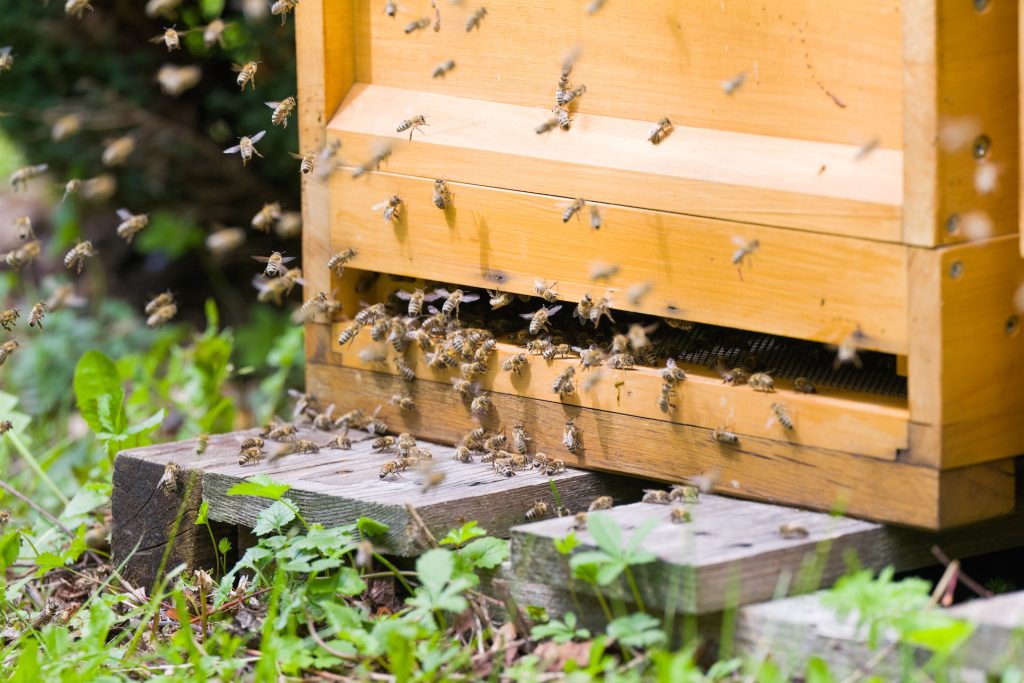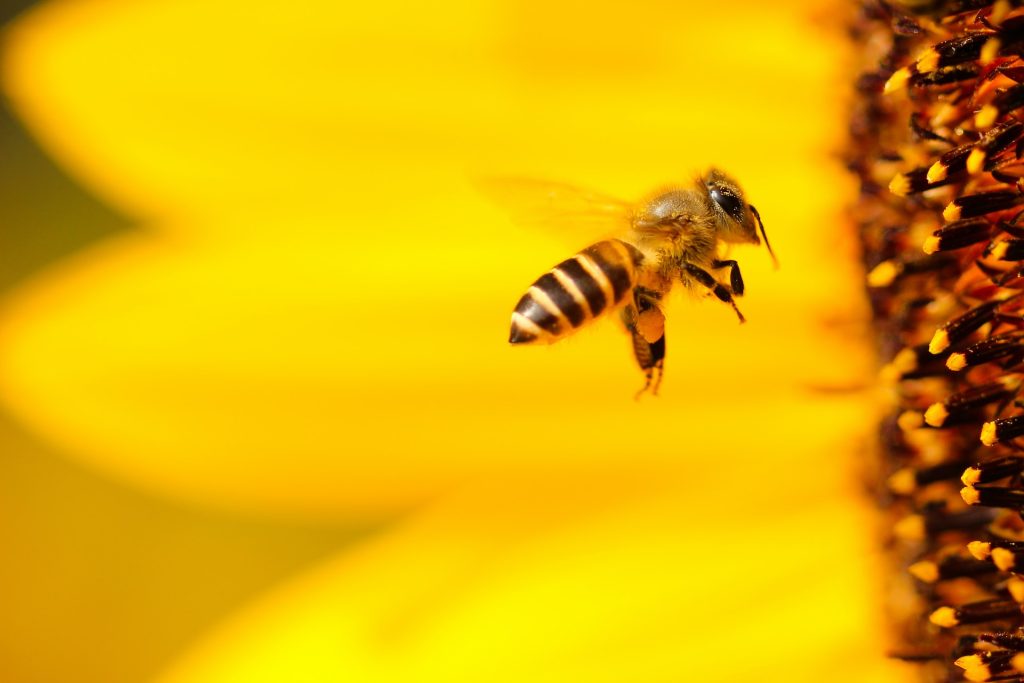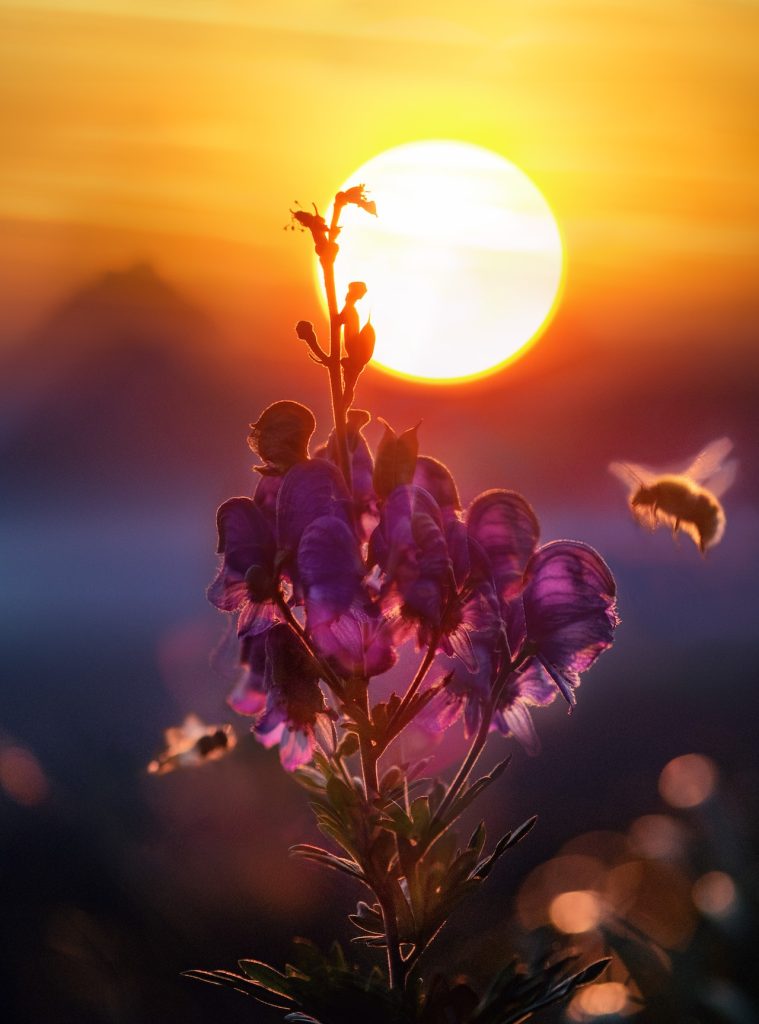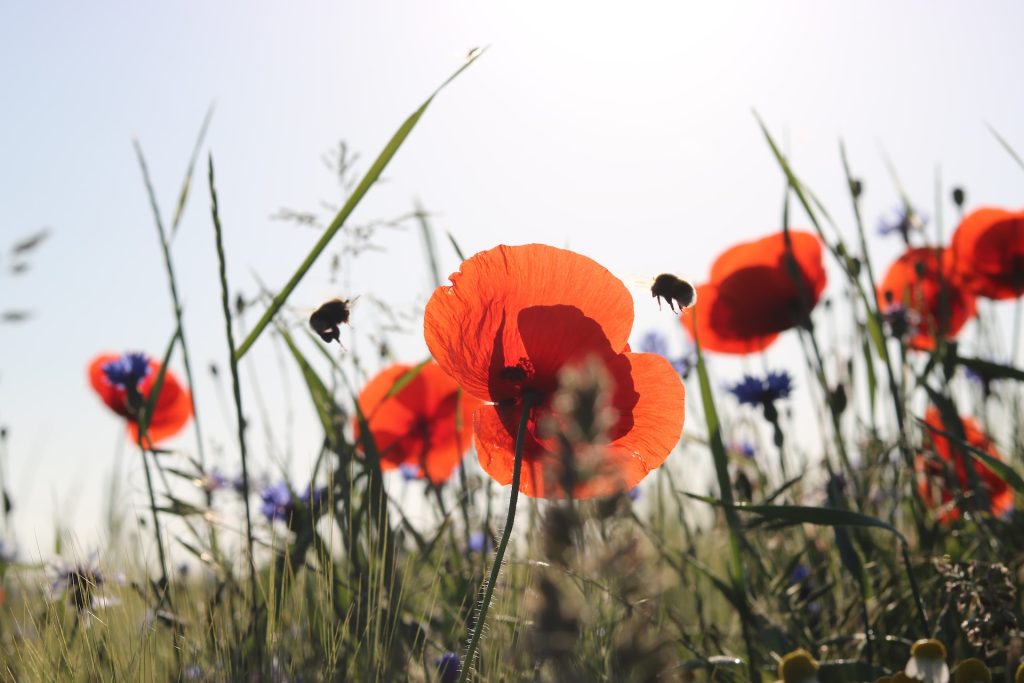The Fascinating World of Bees
Bees are one of the most important creatures on our planet, and they play an essential role in our ecosystem. These tiny creatures are responsible for pollinating plants, which ultimately leads to the production of fruits, vegetables, and other crops that we depend on for our sustenance. In addition to their role in agriculture, bees also produce honey, which is used for food, medicine, and cosmetics. But not all bees are the same, and each type has its own unique characteristics and roles. In this article, we’ll explore the different types of bees and their crucial roles in the hive.
The Hive: A Complex Society
Bees are social insects, and they live in highly organized communities known as hives. A typical hive consists of thousands of individual bees, each with its own specific role to play. The hive is led by a queen bee, whose sole responsibility is to lay eggs. Other bees are responsible for maintaining the hive, gathering food, and protecting the colony from predators. The hive is a complex society, and each bee works tirelessly to ensure its survival.
Meet the Different Types of Bees
There are three main types of bees in the hive: the queen bee, worker bees, and drones. The queen bee is the largest bee in the hive and is responsible for laying eggs. She can lay up to 2,000 eggs per day and is the only bee capable of reproducing. Worker bees, on the other hand, are smaller in size and make up the majority of the hive population. They are responsible for tasks such as collecting nectar and pollen, building and maintaining the hive, and caring for the young. Finally, drones are male bees that are larger than worker bees but smaller than the queen bee. Their sole purpose is to mate with the queen bee and ensure the survival of the hive.
The Essential Roles of Each Bee in the Hive
Each type of bee in the hive plays an essential role in the survival of the colony. The queen bee, as mentioned earlier, is responsible for laying eggs and ensuring the continuation of the hive. Without her, the hive would not exist. Worker bees, on the other hand, are responsible for the day-to-day tasks that keep the hive running. They collect nectar and pollen, build and maintain the hive, and care for the young. Drones, while not as numerous as worker bees, are still vital to the hive’s survival. Their sole purpose is to mate with the queen bee and ensure that the hive’s genetics are healthy and diverse.
The Importance of Bees in Our Ecosystem
Bees are an essential part of our ecosystem, and without them, our world would be a vastly different place. They are responsible for pollinating plants, which in turn leads to the production of fruits, vegetables, and other crops that we depend on for our survival. In addition, they produce honey, which is used for food, medicine, and cosmetics. They are also an important part of the food chain, providing sustenance for predators such as birds and other insects. Without bees, our ecosystem would be severely disrupted, and our food supply would be greatly diminished.
Bees are truly remarkable creatures, and their importance cannot be overstated. They play a vital role in our ecosystem, and their contributions to our world are immeasurable. As we continue to face environmental challenges such as climate change and habitat loss, it is more important than ever to protect these amazing creatures and ensure their survival. By doing so, we can help to preserve our planet’s biodiversity and ensure a healthy future for ourselves and generations to come.






